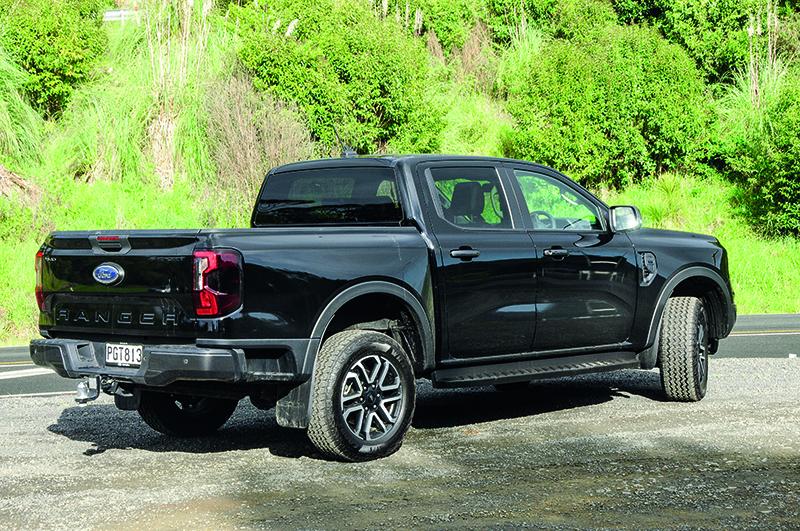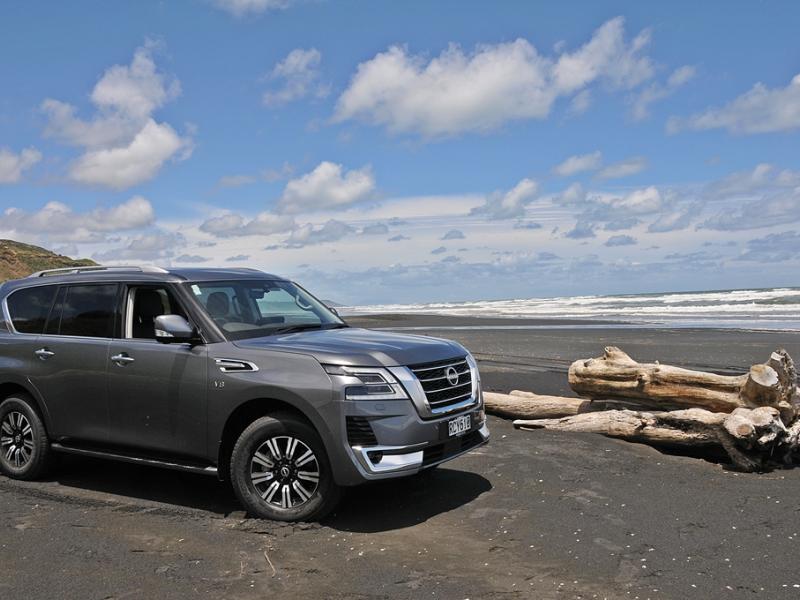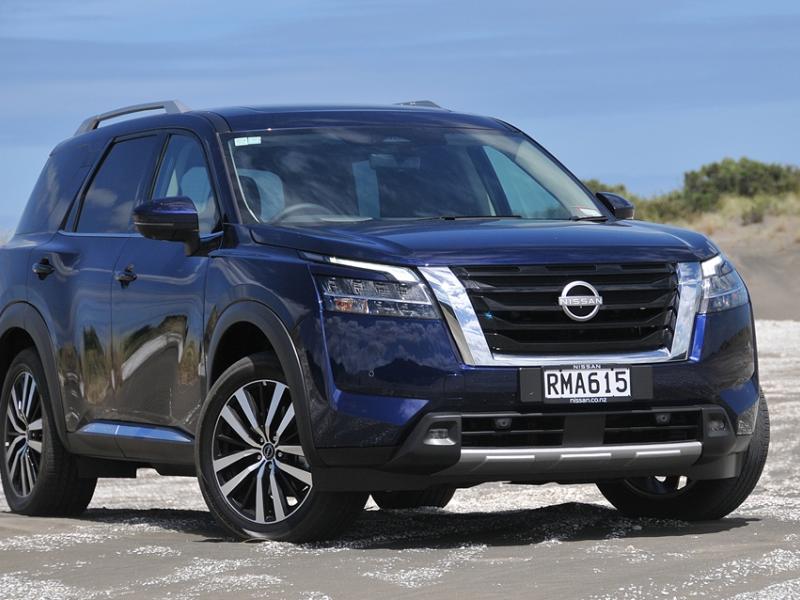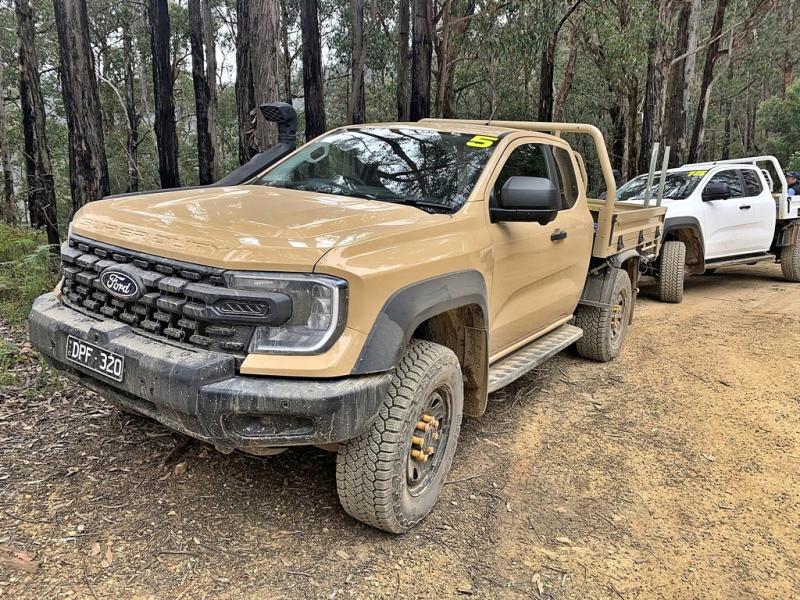Could the Ranger Sport be the best of the bunch? It’s no secret among 4WDers that Ford’s 2023 Rangers set the mid-size 4X4 ute segment on fire since their launch.
A fresh, bold design, a broad range of diesel engines and class-leading technology has kept the ‘Next-Gen’ Ranger at the top of many potential ute buyers’ shopping lists.
The 2023 Ford Ranger is almost all-new from the ground up. The central body structure including the cabin, door openings and glasshouse are close to the same as the PX series Ranger in size and shape with a few revisions, while everything else – including the chassis, sheet metal, interior, powertrains, cargo tub and suspension – is either new or heavily revised.
Among the 4WD models, the new kid on the block is the Ranger Sport, with a muscular V6 diesel engine. Ford heavily revised and upgraded its 3.0-litre ‘Lion’ V6 engine for the Sport. It has also been used in 2.7-litre form in the sorely missed Territory.
The same engine is also fitted to the F150.
In Sport spec, it now produces 184kW of power at 3,250rpm and 600Nm of torque between 1,750-2,250rpm. These numbers eclipse the 147kW and 470Nm of the old 3.2-litre five-cylinder engine. Sport thus offers the most torque in the class. That low-rpm peak torque is what most 4WDers are looking for.
On the road and in the bush, the V6 delivers its grunt seamlessly through Ford’s 10-speed automatic transmission which has been revised for this new application.
By far the biggest advance that the V6 and 10-speed brings to the Ranger and 4x4 ute category, is a level of refinement previously unseen in the mid-size segment.
The Ranger’s ladder-frame chassis has been made wider for a number of reasons, including fitting the V6 engine up front and widening the wheel track for improved driving dynamics.
The 50mm extra width in the wheel track and equal amount added to the length of the wheelbase are felt in the vehicle’s stability and ride control.
The track width takes the wheels out to the extremes of the body which benefits both ride and handling, as does moving the rear shock absorbers to the outside of the chassis rails where they have more leverage on the axle.
These changes and increased dimensions give the Ranger a more sure-footed and controlled presence on the road, adding to the feeling of it being a bigger truck.
The coil front and leaf-spring rear suspension feels firm over rough roads, but never jittery or uncomfortable. This ride quality is the small price to pay in a vehicle designed to carry a tonne on-board or tow 3.5 tonnes.
The new full-time 4WD system of the new Ranger is a benefit on rough tracks and wet roads, where it also improves the sure-footedness of the chassis.
It’s also handy in the suburbs where, on wet roads, part-time systems in 2WD are prone to wheelspin when pulling out into traffic or when towing heaving loads.
The Ranger’s new chassis also benefits the ute when driving off road, allowing for more articulation of the rear axle to keep the wheels on the ground in uneven terrain.
The Ranger has never really suffered in this regard, but it is now better than it was in the outgoing model. The independent front end still picks up wheels quite easily.
When those tyres do lose traction in the rough or slippery terrain, the Ranger has an effective electronic traction control system (ETC) which remains active when the standard rear differential lock (RDL) is engaged. Not all 4x4 utes do this and it makes a big difference in their capability.
We took the Sport south, into the Waikato, and found interesting trails through the forest blocks near Onewhero. Heading along a rut up a steep, loose surface, the Ranger is prone to allow the wheel to slip a fraction before the ETC catches it and sends the drive where it is most effective.
Playing with the drive modes and selecting the ‘mud and ruts’ setting sharpens up the response to better suit these conditions.
All new 4x4 Ford Rangers except the Raptor have a 3500kg towing rating when pulling a trailer with brakes.
The Gross Combined Mass (GCM) for the Ranger Sport V6 is 6400kg.
These important figures are at or near the top of the mid-size ute category and are sure to entice buyers who need to haul a heavy boat or caravan.
As NZ4WD noted last year, the Ranger’s cabin and accommodation raise the bar in the ute segment. The Sport gets a ‘portrait’ format 10-inch centre screen running navigation, audio, wireless Apple CarPlay and Android Auto, air conditioning and an off-road screen that controls the off-road modes, diff lock and hill descent control.
Ford has included dials rather than buttons for the most used functions of audio volume and temperature controls as these are faster and easier to use.
Beneath the screen is a wireless charging pad for mobile phones.
The driver sits behind a steering column that is now adjustable for both reach and height. The driver gets a digital dash that is configurable to display a wide range of information.
The Sport’s leather seats have taller seat backs than the previous Rangers that better follow the shape of the spine for improved comfort and safety. They are power adjustable in the front row.
The Ranger has a 2022 five-star ANCAP rating and was the highest scoring ‘one-tonne’ ute to be tested by ANCAP to date.
Helping it to attain such a score are nine airbags, three-point lap/sash seatbelts all-round, childproof door locks, intelligent adaptive cruise control, blind-spot monitoring with cross-traffic alert and trailer coverage, speed-limit recognition, lane-keep assist with road-edge detection and driver alert.
It also has pre-collision assist with autonomous emergency braking (AEB), trailer sway control, front and rear parking sensors plus a rear-view camera.
The side steps at the rear of the cargo tub sides to improve access to the back are a first in the class and a great addition across the range.
Sport’s 800mm wading depth is class leading; its unladen ground clearance is 234mm.
The wider wheel track has also given Ranger a wider cargo tub that accommodates a ‘Euro’-size pallet between the wheel arches. It also features LED lighting, four tie-down points, a 12-volt power outlet, those signature tub-side steps and an easy-lift tailgate.
Ranger Sport rides on 18-inch alloys wearing 255/65-section Goodyear Wrangler tyres. The Wrangler were good in the loose stuff, and quite quiet in tarmac.
The new Ford Ranger Sport gives buyers another option, slipping into the range just under the Wildtrak. It offers buyers a bit more luxury such as the leather seats and wireless phone charger, has an urban feel but gives away none of Ranger’s off-road prowess.
Preferences are subjective, but the Ranger Sport mounts a convincing argument for Kiwis looking to upgrade their 4WD.






